On the 4th March 2018, cinephiles and movie makers across the globe will celebrate the best films of 2017 at the 90th annual Academy Awards – the Oscars. The nominations have already been released, and the race for the golden statues is on. There are a total of 24 awards, from Best Director and Best Actor / Actress to Best Documentary and the coveted Best Picture. But what would a great film be without the very best sound? Alongside acting, costume and production, and of course on-screen direction and visual effects, there are four categories that honour the sound production in the world of cinema. Here, we explain what each of these awards represents, and examine how the nominees achieved the very best in cinematic sound.
Film sound at the Oscars
The Oscars were first established in 1929 by the Academy of Motion Picture Arts and Sciences in order to recognise artistic and technical merit in the American film industry. The awards have become on the most prestigious in the entertainment industry, and a golden statue can represent the highlight of many a career for directors, actors, artists and sound engineers.
As previously mentioned, there are four categories that are specifically focussed on the sound of a film. These categories are:
- Best Original Score – overall musical content written specifically to accompany a film
- Best Original Song – presented to the songwriter of an individual song, featuring both melody and lyrics, written specifically for a film
- Best Sound Mixing – awarded to production sound mixers for the finest sound mixing or recording, incorporating the combination of soundtrack, speech and effects
- Best Sound Editing – best sound design or editing i.e. creation of sound effects, the recording and placement of additional sound
What is the difference between sound editing and mixing?
Since the two categories often feature the same films, the difference between the two awards can be confusing to understand. Most simply, we can think about sound editing as the production of all sound effects, excluding the soundtrack. Mixing, on the other hand, involves the overall and layering of voices, sound effects and music in the smoothest and most effective way possible. The best sound effects possible can be created, but if they are not mastered correctly, they won’t sound nearly as effective. Therefore, it is possible to have good editing but bad mixing and vice versa, which means that even when a film is nominated in both categories, it will not necessarily win both awards.
Get into the action with Teufel 5.1 sound systems:
[product id=27992,27026,28264]
Best Original Score
Previous winners: A. R. Rahman – Slumdog Millionaire, Howard Shore – The Lord of the Rings, Hans Zimmer – The Lion King, Irwin Kostal – The Sound of Music
This year’s nominees: Hans Zimmer – Dunkirk, Jonny Greenwood – Phantom Thread, Alexandre Desplat – The Shape of Water, John Williams – Star Wars: The Last Jedi, Carter Burwell – Three Billboards Outside Ebbing, Missouri
The first award for original movie score was introduced in 1935 and is awarded to the composer of the overall musical accompaniment. What makes a score excellent? It’s not just about great music, it’s about how the score supports create themes in the story. From the ticking clock used to great effect in Dunkirk, to the haunting melodies of The Shape of Water that underscore a love story, to the moody 1950s score written by Radiohead’s Jonny Greenwood for Phantom Thread, a score should not only be sonically pleasing, but should play an active role in the creation of a fictional world and how characters react to the environment around them.
Best Original Song
Previous Winners: “City of Stars” – La La Land, “Let It Go” – Frozen, “Lose Yourself” – 8 Mile, “A Whole New World” – Aladdin
This year’s nominees: “Mystery of Love” – Call Me by Your Name, “Remember Me” – Coco, “This Is Me” – The Greatest Showman, “Stand Up for Something” – Marshall, “Mighty River” – Mudbound
From established musicians to film songwriters, Best Original Song is awarded to the creators of a song written for film. The actual performers of the song are however not credited unless they have contributed to the writing of the music or lyrics.
Best Sound Editing
Previous Winners: Charles L. Campbell and Ben Burtt – E.T. the Extra-Terrestrial, Gary Rydstrom and Richard Hymns – Jurassic Park, Richard King – The Dark Knight
The year’s nominees: Julian Slater – Baby Driver, Mark Mangini and Theo Green – Blade Runner 2049, Richard King and Alex Gibson – Dunkirk, Nathan Robitaille and Nelson Ferreira – The Shape of Water, Matthew Wood and Ren Klyce – Star Wars: The Last Jedi
First awarded in 1963, Best Sound Editing is a relatively recent category, followed only by the introduction of the award for Best Animated Feature Film in 2001. This year’s front-runners are Baby Driver and Dunkirk, the sound and action for both of which are masterfully choreographed.
Dunkirk is a classic action war film, which has earned much praise for both visual and sound effects. The sound effects range from the ticking of a clock to sudden explosions, and create a real closeness with the environment depicted in the film. Baby Driver follows the story of a getaway driver who listens to music to block out a constant ringing in his ears. The music he listens to becomes an ideal soundtrack to his life and is perfectly synced to the rhythms of his surround environment. The smooth layering of music and action, as opposed to the pure range of dramatic sound effects in Dunkirk, means that Baby Driver probably has a greater chance of receiving the award for mixing.
Best Sound Mixing
Todd-AO Sound Dept. – West Side Story, Lora Hirschberg, Gary Rizzo and Ed Novick – Inception, Andy Nelson, Mark Paterson and Simon Hayes – Les Misérables, Chris Jenkins, Greg Rudloff and Ben Osmo – Mad Max: Fury Road
This year’s nominees: Slater, Cavagin and Ellis – Baby Driver, Bartlett, Hemphill and Ruth – Blade Runner 2049, Weingarten, Landaker and Rizzo – Dunkirk, Cooke, Zoern and Gauthier – The Shape of Water, Parker, Semanick and Wilson – Star Wars: The Last Jedi
When evaluating the sound mixing of a film, one must evaluate the relationship between sound and visual as a whole. Are all volumes effectively balanced? Does the soundtrack create subtle atmospheres and cinematic motifs, whilst not overpowering character dialogues? As Nathan Robitaille, Supervising Sound Editor on The Shape of Water, commented in an interview with A Sound Effect:Opens in new tab
“The cinematography, art direction, and picture editing on the other hand, played a huge role in developing the soundscape. The way the camera explores the world makes it easy to imagine the scenery extending beyond the edges of the frame.”
Sound can add to and create extended metaphors, for example the sound of water acting as a metaphor in this film for rebirth and love, and can subtly distinguish between the key themes across different environments without being explicitly stated. It is therefore vital that mixers use balanced sound to add to the overall atmosphere of the film, and therefore and rich and realistic cinematic world.
Bringing cinema to your home
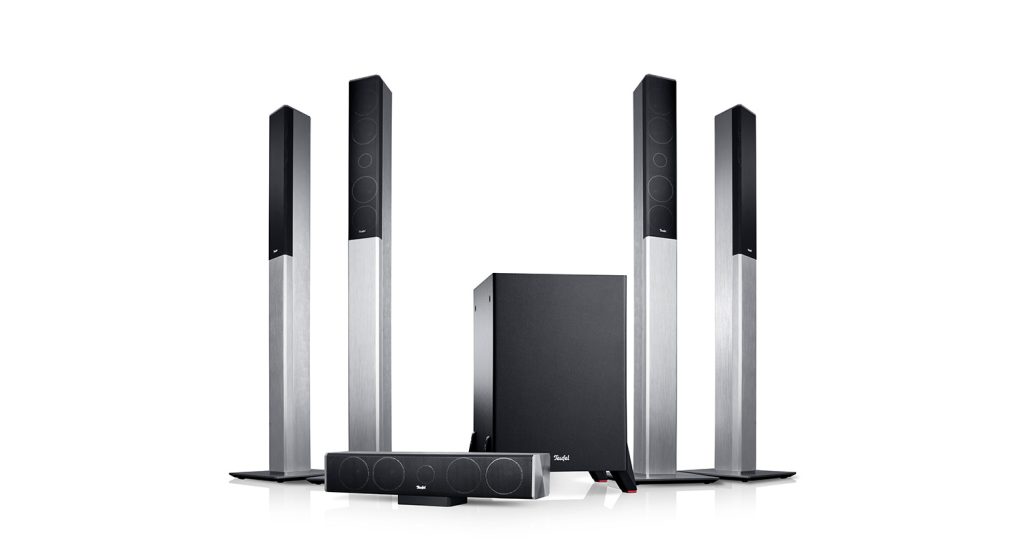 Leave the red carpet to the paparazzi – you can watch the awards ceremony front row from the comfort of your own sofa thanks to Teufel home cinema, like this above-pictured LT4 Power XL Edition “5.1-Set M”. Kick your feet up, get the popcorn ready, and prepare to experience authentic surround sound with balanced bass and excellent speech intelligibility, so you won’t miss a beat:
Leave the red carpet to the paparazzi – you can watch the awards ceremony front row from the comfort of your own sofa thanks to Teufel home cinema, like this above-pictured LT4 Power XL Edition “5.1-Set M”. Kick your feet up, get the popcorn ready, and prepare to experience authentic surround sound with balanced bass and excellent speech intelligibility, so you won’t miss a beat:
[product id=31045,31037,31040]
What are your predictions for the Oscars 2018?
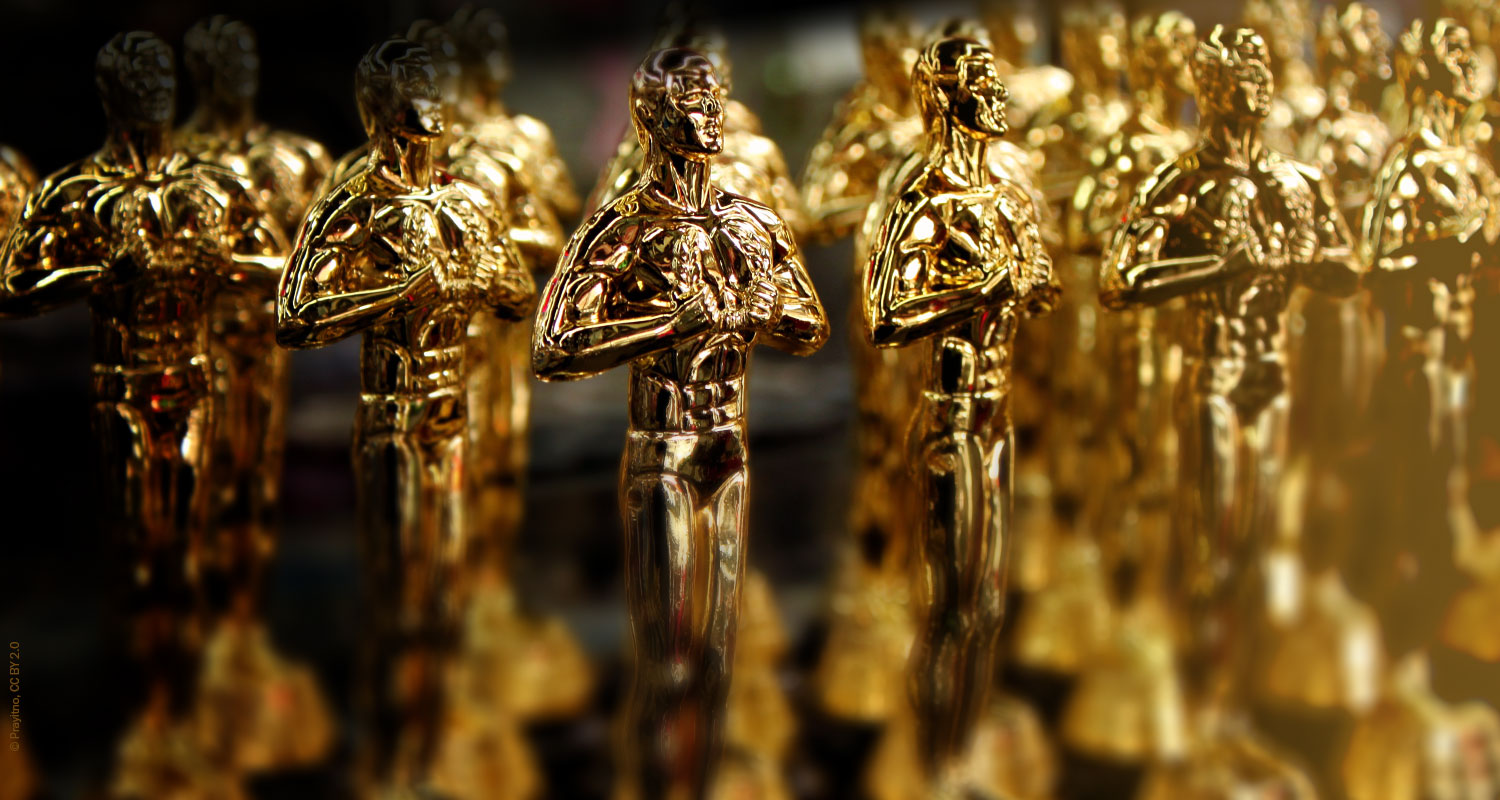

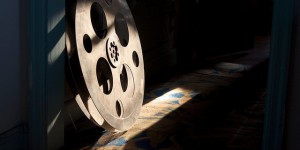
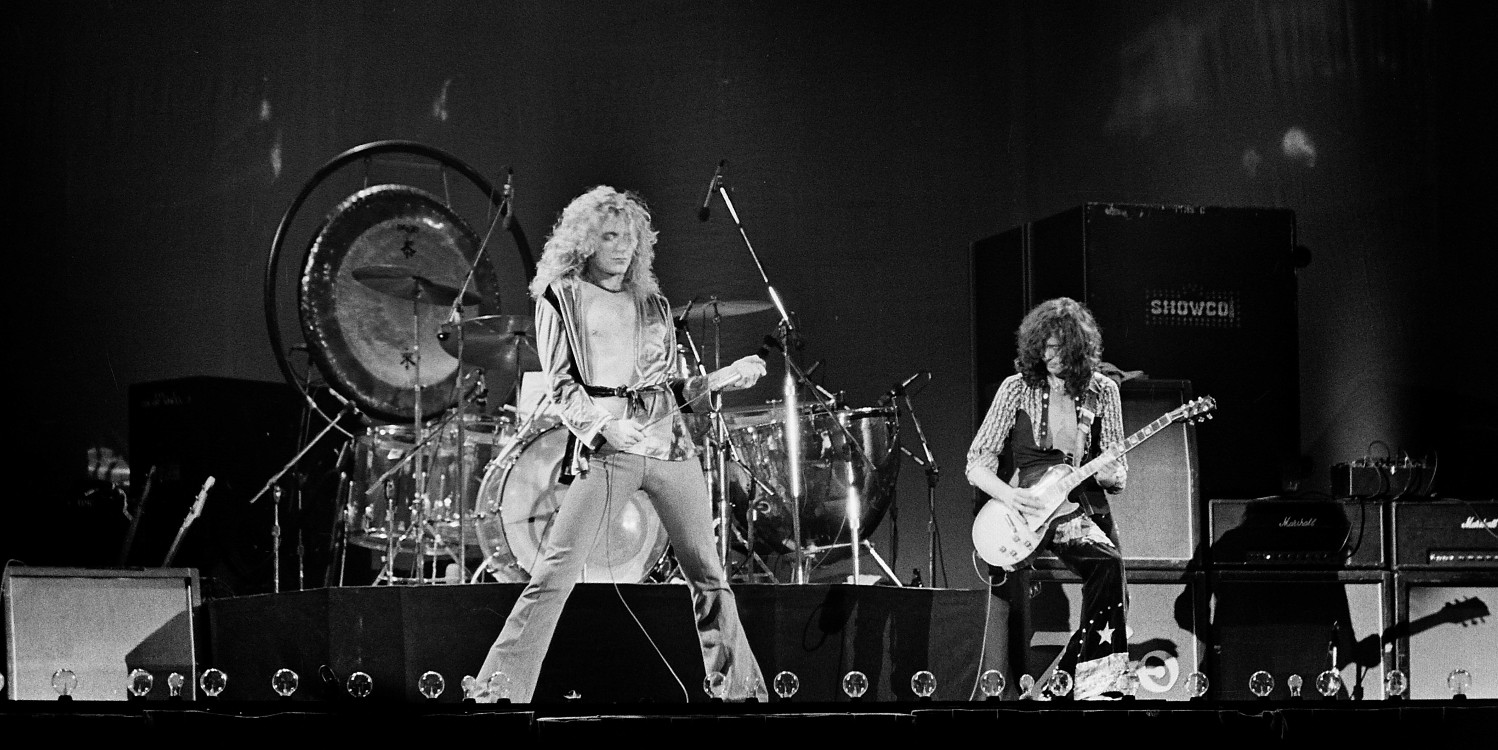
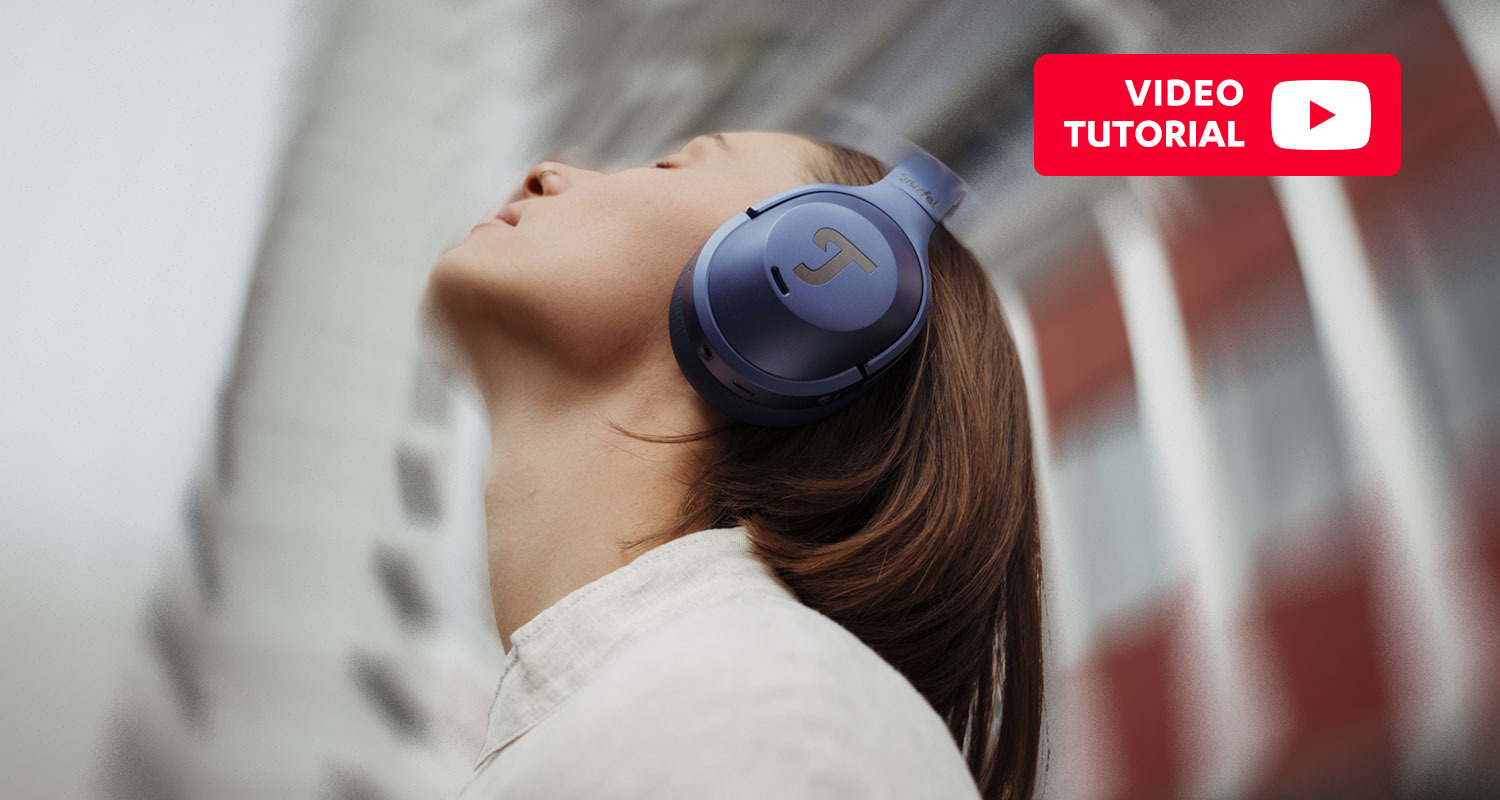
Leave a Reply